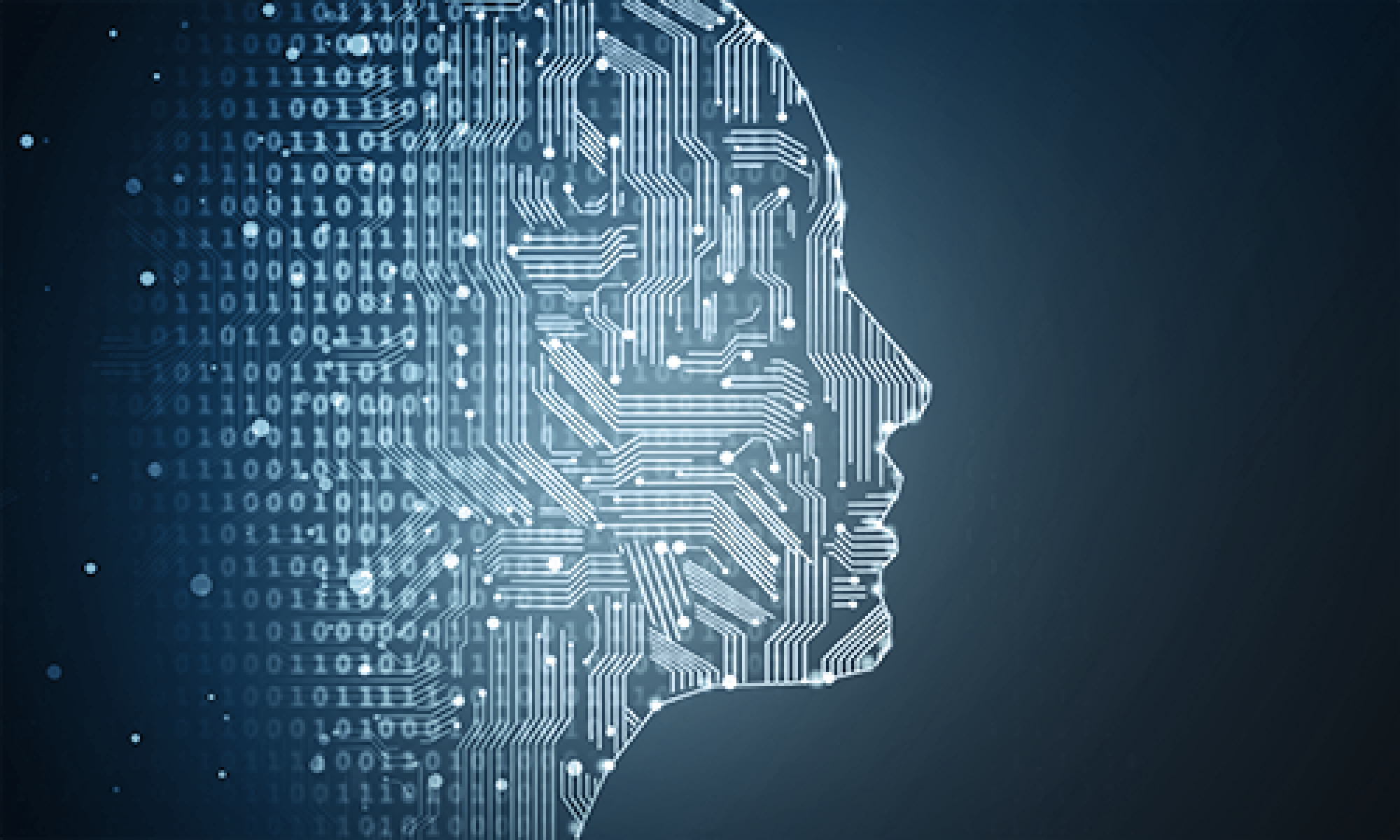This week I spent quite some time writing the script and preparing for the design review presentation. Aside from that, I continued working on my game and was about to finish the front end. Next week, I should be able to deliver a basic prototype and will focus on writing the design review report.
Team Status Report for Mar 13
The team finished the design review presentation and received helpful feedback regarding further reducing the latency and making justification for latency metrics. We will address those feedbacks in our design review document and further improve our design. We continued the game app dev, set up the ML infra, started training existing models with an open-access dataset. Next week, we will work on the design review report and test out the controller implementation.
Lavender’s Status Report for March 13
I created an Overleaf project for the team to collaborate on our status report. For the report, I will work on the implementation section for signal processing, design tradeoffs and related work. In our design review, someone suggested that we could include the frequency component of EEG signals in our preprocessing step to potentially reduce individual calibration time. I thought this was a good idea and I looked into integrating this step into our preprocessing. Next week I plan to start testing our controller implementation with synthetic data from the Emotiv App.
Chris’s Status Report for March 13
I worked on creating a GitHub repository, and started to work on the software infrastructure for neural network training, testing, and inference. I’ve integrated the existing repositories that we plan to use for generating control signals from raw EEG signals. Although we can’t see the real data coming from our particular device, I’ve selected a large open-access dataset to use for our pretraining whose electrode configuration include those provided by our device with a similar sampling rate. Next week I plan to keep working on the software infrastructure and work on the design review report.
Team Status Report for Mar 6
The team finished literature review on potential methodologies and applicable datasets, found some verified working implementations we may experiment with, decided on the denoising approach and concluded all our research results in the design review presentation. Next week, we are going to elaborate them in more detail in our design review report and start implementing denoising, representation learning algorithms and the game in parallel.
Eryn’s Status Report for Mar 6
I examined the open-access datasets we will be using for model pretraining and looked into how the data are being collected, which of the datasets are more suitable for our purpose, whether they contain the information we need, what the format looks like, which could be used for training and which could be used for testing. Upon careful analysis the “motion imagery, uncued classifier” dataset from Berlin BCI group is selected. Besides that I contributed to the design review slides and prepared for making next week’s presentation. Next week, besides practicing for the presentation, I’m going to resume my game development.
Lavender’s Status Report for Mar 6
I did literature review for the EEG Image approach for representation learning. I looked into denoising techniques for EEG signals such as removing eye-blinking artifacts with real-time short-term fourier transform. I also improved and updated the Gantt chart for our project management. I contributed to making the design review presentation and the design review document. I also helped Eryn practice the presentation. I plan to continue implementing the signal processing software and start designing the controller with Chris next week.
Chris’s Status Report for March 6
I did literature reviews to look for open-source datasets for pretraining our models, and I found a dataset suitable for our purpose. In the literature review I also looked for existing models with good enough performance and similar use cases to our needs, and identified working implementations of these models on github with adequate peer recommendation (based on github stars). Next week we will work on the design report and I plan to implement denoising algorithms, as well as to examine the feasibility of using the models and algorithms we collected on CPU.
Team Status Report for Feb 27
This week, we gave our proposal presentation, submitted a purchase request for the brainware, and started implementing the game logic. We received helpful feedback regarding potential real-time latency issues in our proposal presentation, and we plan to design tests to ensure a smooth user experience. On the software development side, we found that Eryn’s operating system may not reliably work for iOS development. So we decided to switch to our backup plan for front end development: we will write a Python game.
Lavender’s Status Report for Feb 27
I verified the feasibility of our project by checking successful projects using the same brainware and looking into the state-of-the-art signal processing techniques for analyzing EEG data. I also revised the proposal slides based on our TA’s suggestions and helped Chris practice presentation. I placed the purchase request for the Emotiv brainware and applied for the student discount for the Emotiv API. Next week, I will start implementing the signal processing software with Chris.
